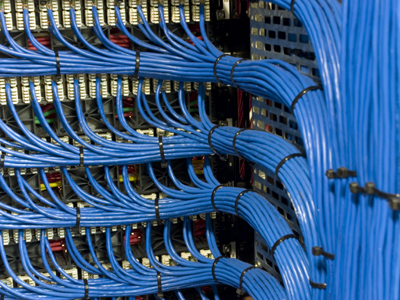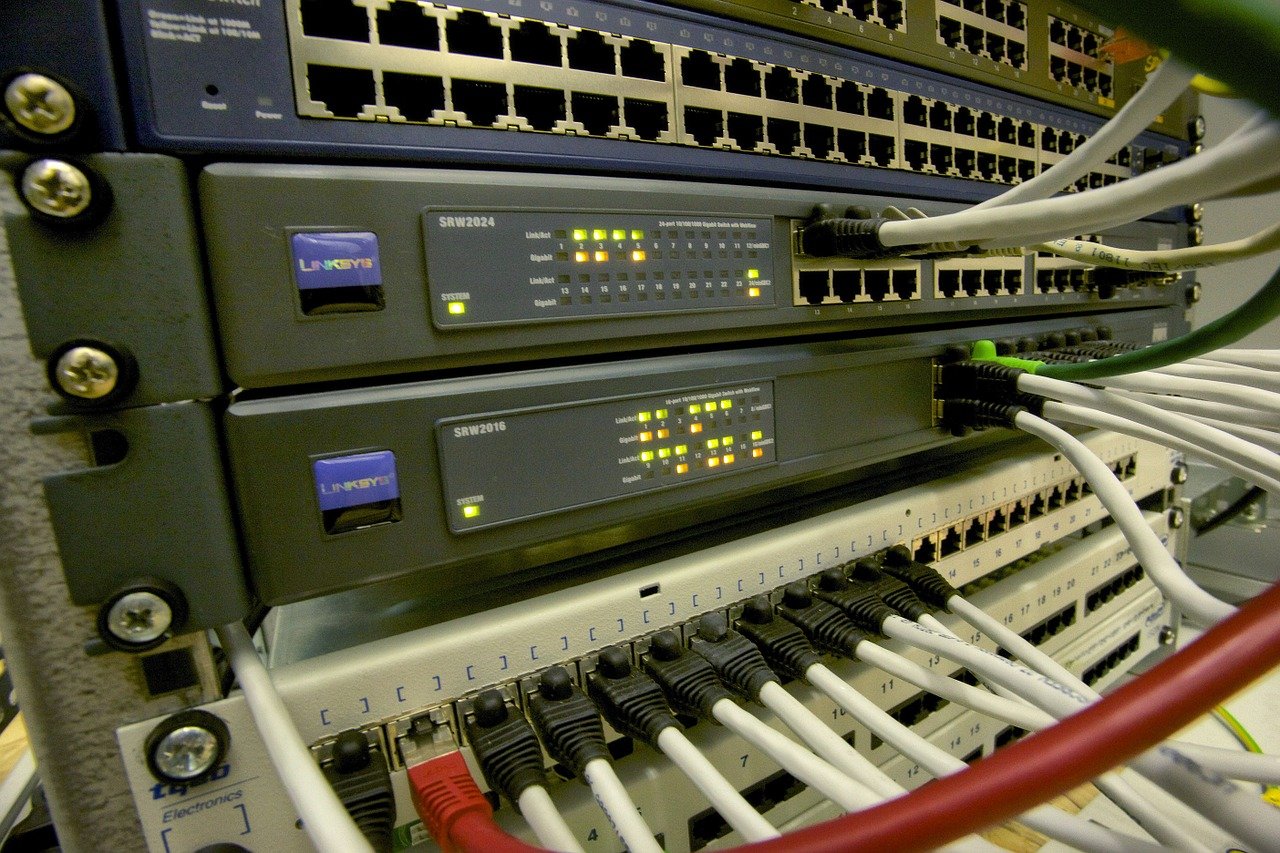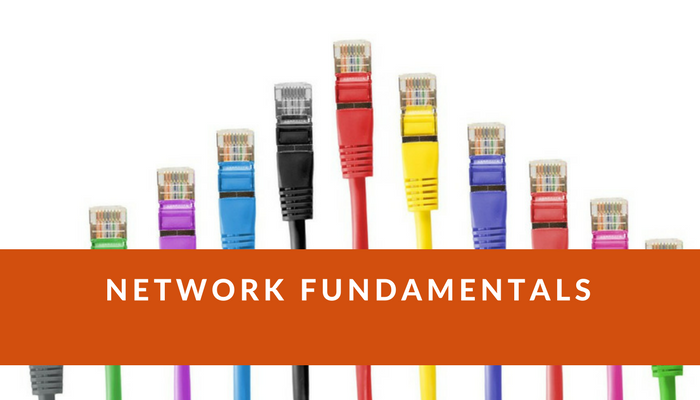Identifying Your Network Needs
When someone purchases an automobile, they usually do so to meet a specific need. The same is true with a network. This article gives you the top 5 areas to consider when performing network design:
- Size: Will this remain a Local Area Network (LAN) or will it potentially expand to a Wide Area Network (WAN). Here is a good article on selecting a network type. Determining the size of your network, along with your growth plans, is of key importance. Everything else is based upon your first design.
- Speed/Throughput: What will I be doing with this network, based upon the type of use, the price of infrastructure can vary substantially. If you are hosting data intensive applications and/or media, you may need to invest in a fiber backbone. Just like for a printer server, a simple CAT5 backbone may suffice. Here is a good article about calculating network bandwidth. Speed is becoming more important as file sharing, video hosting, and IP-based telephony are becoming more prevalent in the work place.
- Growth: In almost 99% of the cases I have seen, the network design changes in some way. You must account for this change through a platform that supports scalability. Here is a good article on designing a network that can grow with you. As mentioned, growth and size are almost hand in hand. Growth will dictate the size of your network, but the topology, both physical and logical that you choose, will determine how big you can grow.
- Redundancy: You need to check how mission critical this network is and plan for redundancy based on your need. Here is an article that points out a seven step plan to considering network redundancy. As networks become more and more critical, the need for redundancy is becoming more important. With the advent of virtual machines, it is quite easy to have a redundant system if you plan properly.
- Security: Security is important. With a packet sniffer, people can potentially steal data from your home network, so now even at the local LAN, you need security. How much depends on your network type and purpose. There is so much to security that I have given it a section of it's own in this series. There is physical security, in regards to cabling all the way, to encrypted protocols, and everything in between.
What has your experience been with Network design? What would you add to the above list?
Let me know in the comments below!






